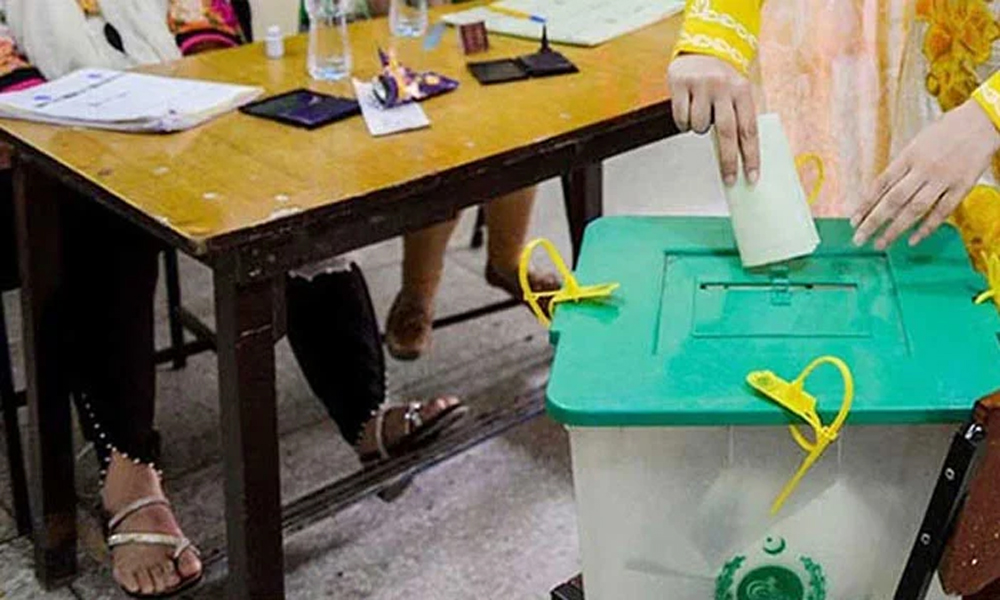
Many people look forward to Fall Daylight Savings since we gain an extra hour of sleep. But being on a new schedule can still hugely impact our sleep. According to the Sleep Foundation , gaining an extra hour in November has been linked to sleep loss and mood changes.
It can also cause a phase shift of our circadian rhythm, disrupting our wake-up times. This year, Fall Daylight Savings falls on Sunday, November 3. Preparing now can help us transition well and avoid potential disruptions.
Transitions can be difficult, so here are some tips on adjusting your sleep schedule for the Fall Daylight Savings change. 1. Consider Mindfulness Techniques Mindfulness is a disciplined and focused mental training exercise rooted in Eastern traditions.
Research has shown that mindfulness has become a widely popular treatment method for multiple chronic health problems, from stress to anxiety, bodily tension, and depression. In a 2024 review published in the Current Hypertension Reports journal, scientists suggested that mindfulness-based interventions are safe and effective for people with insomnia and hypertension. The findings revealed consistent, albeit small to moderate, effects of mindfulness-based interventions on reducing insomnia symptoms, improving sleep quality, and lowering systolic and diastolic blood pressure readings.
According to Mindful.org , mindfulness meditation practice could not be any simpler. It involves taking a good seat, paying attention to your breath, and returning when your attention wanders.
Doing this activity before bedtime can calm your mind and body and make it easier to transition to sleep. Relaxation methods like deep breathing and mindfulness meditation may also help if you have woken up in the middle of the night because of a disrupted sleep schedule. 2.
Improve Your Sleep Hygiene Creating healthy habits and a sleep-friendly bed environment is a game-changer for consistent sleep. Not only can doing this help during daylight savings time, but it can also help in the long term. Eating wisely at night, unplugging for better sleep, and trusting our bodies are examples of sleep hygiene.
Other elements to consider include: Change is hard, but when it comes to our sleep, we only need to start implementing what works best for us. 3. Plan For Any Sleep Disruptions Sleep makes us understand that timing is everything.
Without it, we are prone to sleep disruptions or staying awake. Not all 8 hours are equal, said Dr. Jade Wu , a board-certified behavioral sleep medicine specialist and researcher at Duke University School of Medicine.
“The timing of your eating and the foods that help you sleep are critical,” explained Dr. Wu, author of Hello Sleep: The Science and Art of Overcoming Insomnia Without Medications. “Our sleep patterns build upon neurotransmitters in the brain, which also come from our diet, so what we eat dramatically influences the chemistry of our brain.
” Ultimately, taking a holistic approach to sleep can help us prepare for daylight savings and reduce sleep disruptions. That may include not eating sugar before bed, writing out your schedule for the next day if anxiety keeps you awake, and not working late into the night. Experts also recommend going to bed a bit later in the days leading up to fall daylight savings to help make the adjustment easier.
The quest for good sleep won’t happen overnight. It may take lots of trial and error, especially for those who are chronically sleep-deprived. The end of daylight savings time this November provides an opportunity to invest in quality sleep and make changes to improve our sleep health.
.














